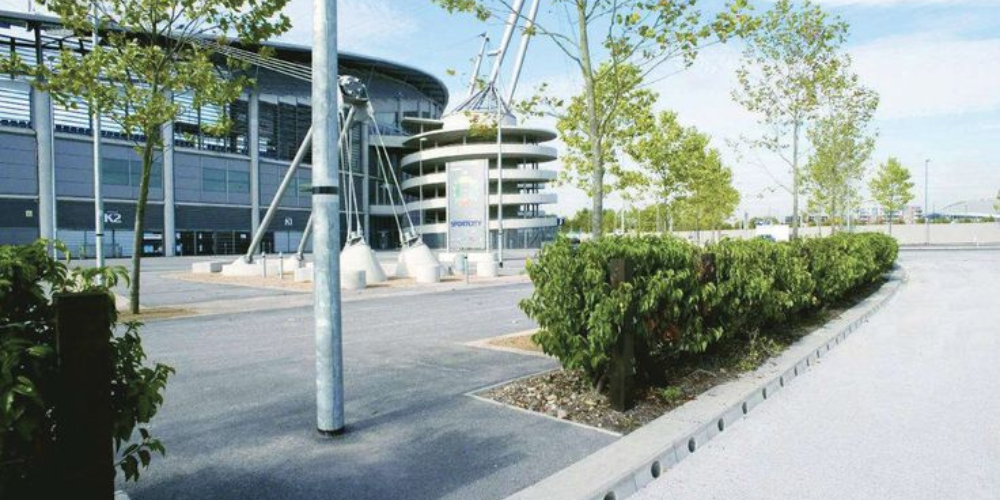Drainage is a critical aspect of construction site engineering, as it helps to manage the flow of water and prevent flooding and erosion. Drainage kits are commonly used on construction sites to facilitate the collection and removal of water.
A drainage kit typically includes a range of components, such as pipes, catch basins, grates, and drainage channels. These components work together to form a system that can effectively collect and redirect water away from the construction site. Get the wholesale prices by visiting go products on the website.
When designing a drainage system for a construction site, it is important to consider factors such as the site’s topography, soil type, and anticipated water flow. The system should be designed to accommodate the expected amount of water and to ensure that it can handle heavy rainfall events without overflowing.
It is also important to properly maintain the drainage system throughout the construction process to ensure that it remains effective. This may involve regular inspections, cleaning of catch basins and drainage channels, and repairs as needed.
Overall, the use of drainage kits is an essential part of construction site engineering, as it helps to ensure the safety and stability of the site by managing water flow and preventing damage from flooding and erosion.
Longevity of using high-quality drainage kits in construction
Using high-quality drainage kits in construction can significantly increase the longevity and durability of the drainage system. High-quality materials and components are designed to withstand heavy use and exposure to the elements, which is essential for a drainage system that is expected to last for many years.
When a high-quality drainage system is properly installed and maintained, it can provide reliable water management for decades. However, factors such as soil conditions, weather patterns, and site usage can also impact the longevity of the drainage system, so regular inspections and repairs may be necessary over time to ensure that the system continues to function effectively.
How can a supplier successfully identify the needs of their client for drainage kits?
Either you are a supplier or a client who wants an in-depth view of the process that goes into completing an order of drainage kits for small or large-scale orders. From the point of view of a supplier, there are several steps you can take to successfully identify the needs of your client for drainage kits:
- Research: Conduct research on the client’s industry, market, and specific needs. This can be done through online research, speaking with industry experts, and reviewing industry reports.
- Understand the client’s requirements: Schedule a meeting with the client to understand their specific requirements. Ask questions about their current drainage systems, their goals, and any pain points they are experiencing.
- Analyze data: Analyze data on the client’s current drainage systems, such as the types of pipes and fittings they use, the volume of water they handle, and the types of contaminants they need to remove.
- Offer solutions: Based on your research and analysis, offer customized solutions to the client’s needs. This can include recommendations for specific drainage kits, advice on installation and maintenance, and options for customization.
- Provide ongoing support: After the sale, provide ongoing support to the client to ensure their satisfaction. This can include follow-up calls, maintenance advice, and troubleshooting assistance.
Nonetheless, the key to successfully identifying the needs of your client for drainage kits is to listen to their requirements and offer customized solutions that meet their specific needs.

